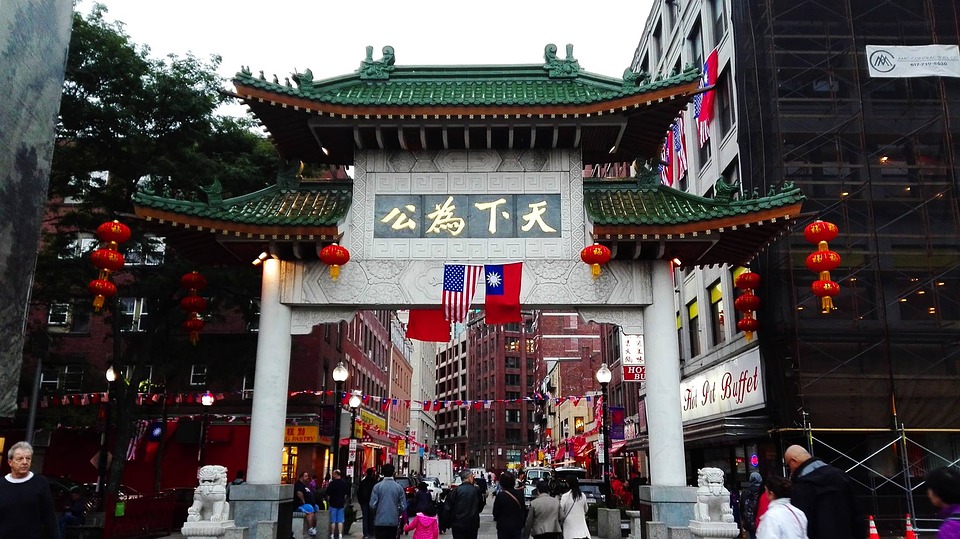Cultural diffusion and cultural assimilation are two concepts that describe the spread of culture. However, there is a distinct difference between cultural diffusion and cultural assimilation. In cultural diffusion, two or more cultures come together, and elements of both cultures start to mix together. However, in cultural assimilation, one minority group or culture become a part of a dominant culture by adopting the practices and norms of the new culture and forgetting the original culture.
Key Takeaways
- Cultural diffusion involves the spread of cultural beliefs, traits, and norms of one culture to another, whereas cultural assimilation is the process by which different cultural groups become more and more alike.
- Cultural diffusion is a two-way process, while cultural assimilation is not a two-way process as only the minority group gets absorbed into the majority group, and not vice versa.
- Advanced communication, transportation, and technology enhance both cultural diffusion and cultural assimilation.
What is Cultural Diffusion?
Cultural diffusion is basically the spread of culture. In other words, this phenomenon involves the spread of cultural beliefs, traits, and norms of one culture to another. Cultural diffusion has the ability to broaden our horizons and make us culturally rich. In the modern world, advanced communication, transportation, and technology enhance the mixing and spreading of world cultures through different religions, ethnicities, and nationalities. Some examples of cultural diffusion include:
- Popularity of Sushi (Japanese cuisine) all over the world
- Celebrating both Christmas and dia de los reyes
- Spread of Buddhism to Western countries
- Celebrating Thanksgiving with Turkey and traditional food from one’s native country
- McDonald’s offering Asian-inspired food such as McRice, Mc Aloo Tikki, Sichuan Double Chicken Burger, etc.
However, it is important to note that cultural diffusion has both positive and negative effects. Cultural diffusion offers people an opportunity to learn about new cultures and their practices; moreover, it also contributes to lessening cultural discrimination. However, cultural diffusion can lead to the negligence to or even loss of one’s own cultural identity and traditions.
What is Cultural Assimilation?
Cultural assimilation is basically the process by which different cultural groups become more and more alike. And, this process typically involves two cultural groups: one dominant, and the other a minority. Here, members of the minority group adopt the customs, beliefs, and languages of the dominant community, losing their own culture in the process. When full assimilation occurs, it is difficult to identify a distinguishable difference between the two groups. Thus, cultural assimilation results in a homogenous society.
Cultural assimilation can be spontaneous or forced. For example, in the case of two cultural groups, sharing a geographical border, one cultural group may choose to adopt the culture of a dominant culture because it is advantageous to them. Thus, this is a case of voluntary or spontaneous assimilation. However, in the past, there have been cases where invaders force a conquered nation to give up their customs and beliefs and adopt the customs and culture of the invaders. Hence, this is an example of forced assimilation. Moreover, cultural assimilation can be either rapid or gradual, depending on various factors.
However, in the modern world, cultural assimilation is mainly associated with immigration. For example, after the mid-twentieth century, many Asians from countries like China, India, and Pakistan immigrate to developed countries like UK and USA. Most of these immigrants integrate into the dominant culture of these developed countries. Most of the time, cultural assimilation may be noticeable in the children of these immigrants. For example, they may speak only English, and not the language of their parents; they may prefer food of the dominant culture over the traditional food of their parent’s native country.
What are the Similarities Between Cultural Diffusion and Cultural Assimilation?
Cultural diffusion and cultural assimilation are related to the spread of culture. Further, advanced communication, transportation, and technology enhance both these processes.
What is the Difference Between Cultural Diffusion and Cultural Assimilation?
Cultural diffusion is the spreading of cultural traits from one group to another whereas cultural assimilation is the process in which a minority group or culture begins to resemble those of a dominant group. So, this is the key difference between cultural diffusion and cultural assimilation. Moreover, cultural diffusion is a two-way process as it involves two or more cultures coming together and elements of both cultures mixing together. But, cultural assimilation is not a two-way process as only the minority group gets absorbed into the majority group, and not vice versa. Thus, this is a significant difference between cultural diffusion and cultural assimilation.
Summary – Cultural Diffusion vs Cultural Assimilation
In cultural diffusion, two or more cultures come together, and elements of both cultures start to mix together. However, in cultural assimilation, one minority group or culture become a part of a dominant culture by adoption the practices and norms of the new culture and forgetting the original culture. Thus, this is the key difference between cultural diffusion and cultural assimilation.
